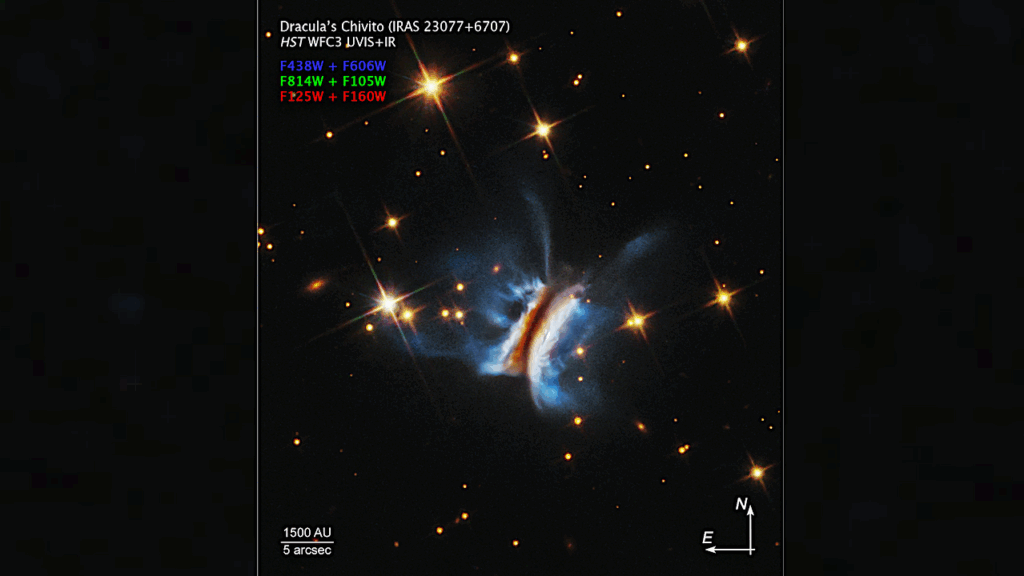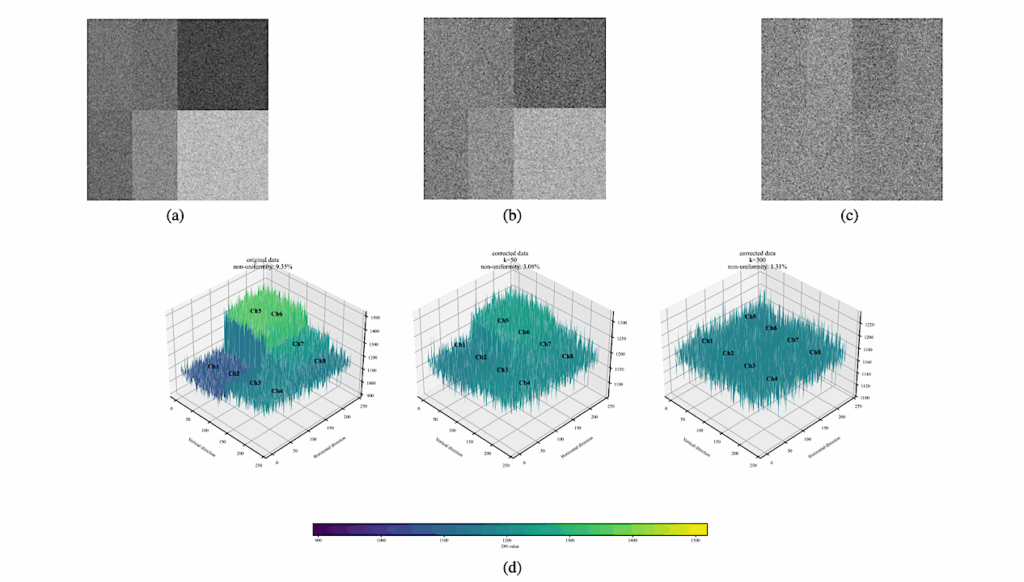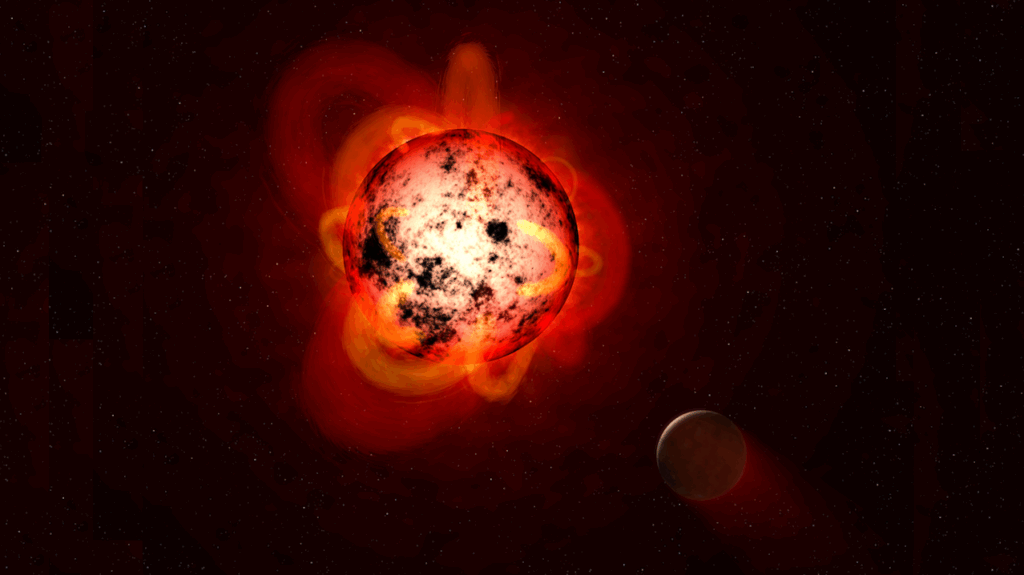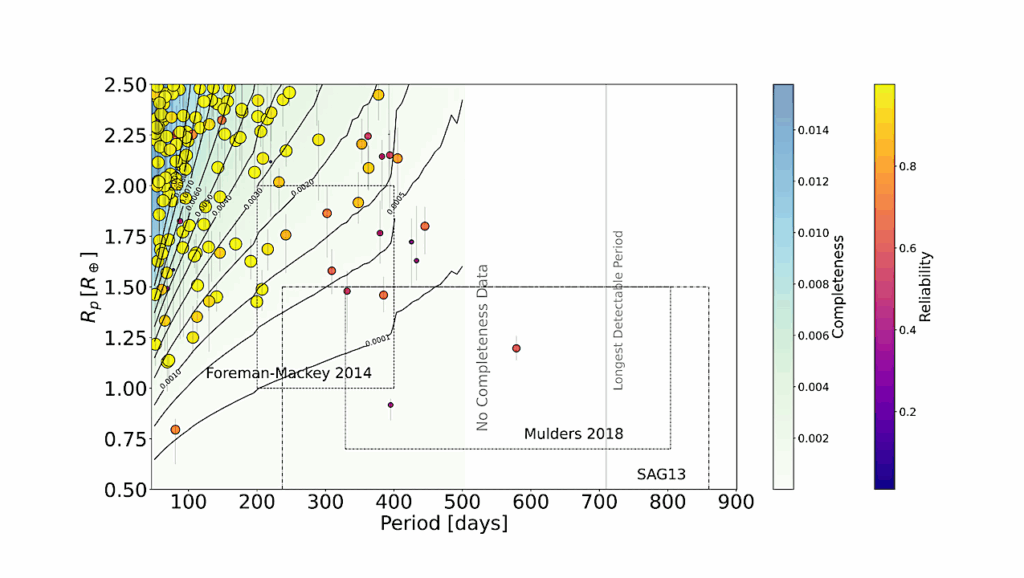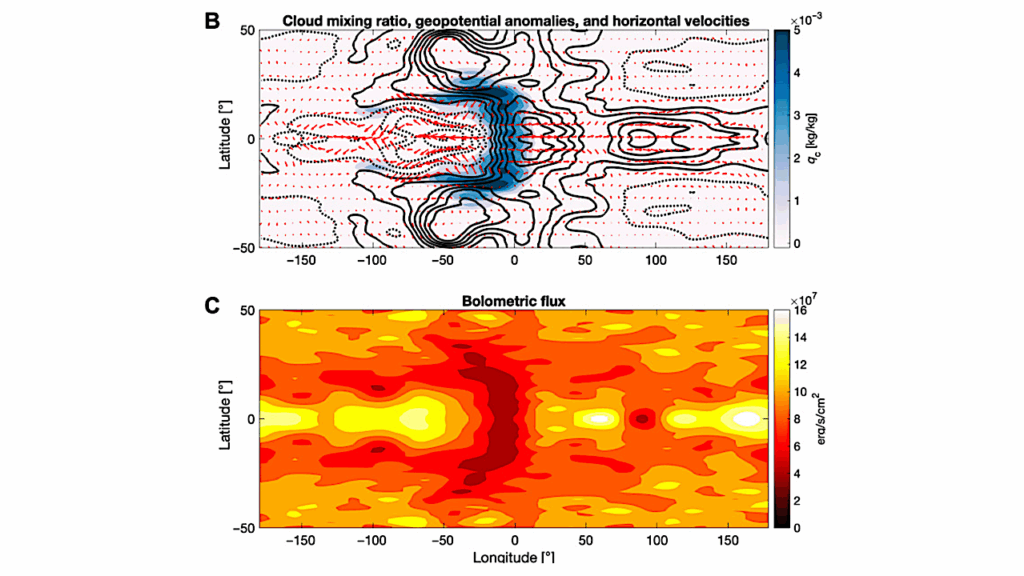Do All Gaps In Protoplanetary Discs Host Planets?

Following the assumption that the disc substructures observed in protoplanetary discs originate from the interaction between the disc and the forming planets embedded therein, we aim to test if these putative planets could represent the progenitors of the currently observed giant exoplanets.
We performed N-body simulations assuming initially three, four, five or seven planets. Our model includes pebble and gas accretion, migration, damping of eccentricities and inclinations, disc-planet interaction and disc evolution. We locate the planets in the positions where the gaps in protoplanetary discs have been observed and we evolve the systems for 100Myr including a few Myr of gas disc evolution, while also testing three values of α viscosity.
For planetary systems with initially three and four planets we find that most of the growing planets lie beyond the RV detection limit of 5AU and only a small fraction of them migrate into the inner region. We also find that these systems have too low final eccentricities to be in agreement with the observed giant planet population. Systems initially consisting of five or seven planets become unstable after ≈40Kyr of integration time. This clearly shows that not every gap can host a planet.
The general outcome of our simulations – too low eccentricities – is independent of the disc’s viscosity and surface density. Further observations could either confirm the existence of an undetected population of wide-orbit giants or exclude the presence of such undetected population to constrain how many planets hide in gaps even further.
Anastasia Tzouvanou, Bertram Bitsch, Gabriele Pichierri
Comments: Accepted for publication in A&A
Subjects: Earth and Planetary Astrophysics (astro-ph.EP)
Cite as: arXiv:2307.11172 [astro-ph.EP] (or arXiv:2307.11172v1 [astro-ph.EP] for this version)
https://doi.org/10.48550/arXiv.2307.11172
Focus to learn more
Submission history
From: Anastasia Tzouvanou
[v1] Thu, 20 Jul 2023 18:09:42 UTC (4,254 KB)
https://arxiv.org/abs/2307.11172
Astrobiology


